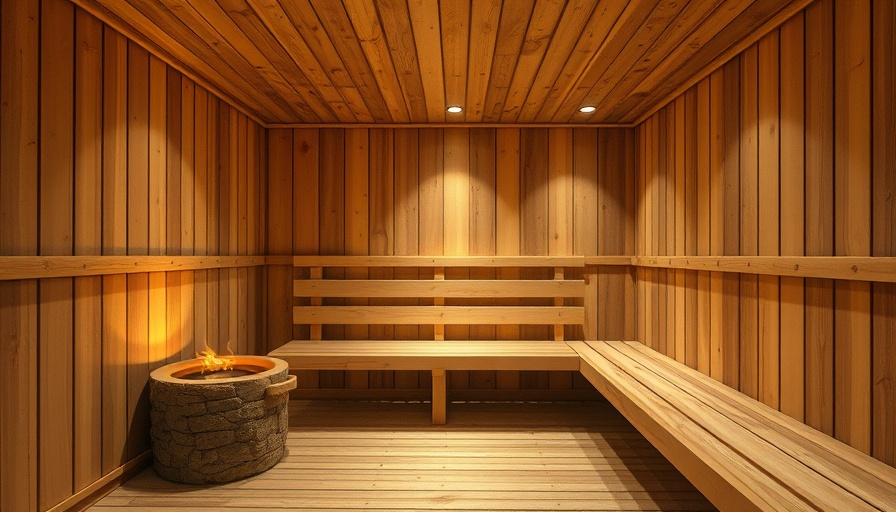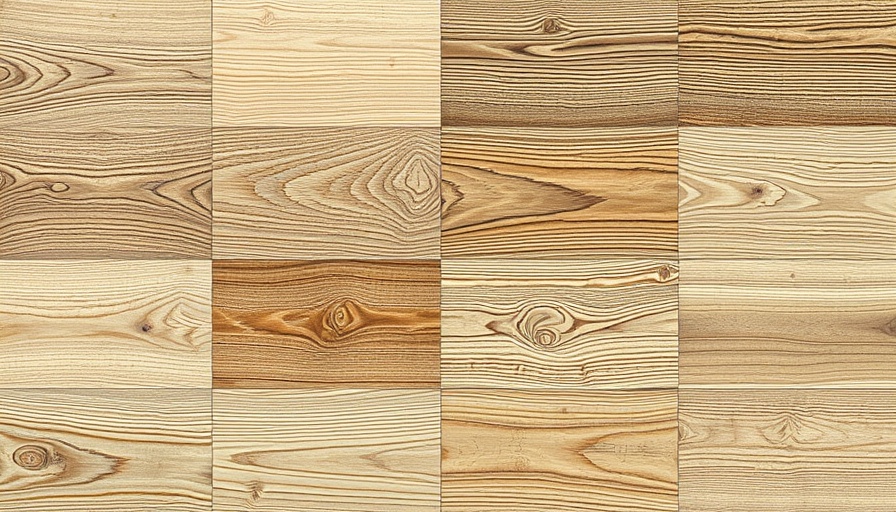
Choosing the Right Bathroom Drywall: A Must-Read Guide
Are you overwhelmed by the options available for bathroom drywall? You're not alone. With moisture control and durability being crucial for wet areas, choosing the right type of drywall can be a daunting task. It's essential not just for the longevity of your bathroom but also for mold prevention and overall safety. This guide aims to clarify your choices by outlining the most common drywall types suited for bathrooms, their characteristics, and key factors to consider during installation.
Understanding the Types of Bathroom Drywall
Each drywall type comes with distinctive attributes that make it suitable for various applications in your home. Here are the leading contenders for your bathroom renovation or new build:
1. White Board Drywall
White Board Drywall is often the go-to option for many homeowners. Its moisture-resistant qualities and aesthetic appeal make it suitable not only for bathrooms but also for living areas and bedrooms. Boasting a perfect blend of practicality and style, it’s a safe and classic choice.
2. Blue Board Drywall
Another favorable option, Blue Board is known for its water-resistant traits and relatively robust construction. Often preferred for plaster finishes, this drywall can be installed in various locations throughout your home, providing versatility and reliability against moisture damage.
3. Green Board Drywall
While Green Board exhibits moisture resistance, it is essential to note that it is not entirely waterproof. Homeowners should weigh their options carefully when considering this for areas of high humidity, like bathrooms or kitchens, as it may not provide the durability expected.
4. Purple Board Drywall
For those prioritizing moisture resistance, the Purple Board is an exceptional choice, designed specifically for withstanding high moisture environments. While it may be on the pricier side, this drywall—offering both waterproof properties and longevity—can be seen as an investment in your home’s health.
5. Paperless Drywall
Emerging as a modern alternative, Paperless Drywall is becoming increasingly popular for its mold resistance and ease of cleaning. Although it may require a higher financial commitment, many homeowners find it worth it for the added benefits.
6. Type X Drywall
Lastly, Type X Drywall distinguishes itself with its fire-resistant properties. Although primarily used for fire safety, it can also be a solid option for moisture-prone areas, giving you peace of mind in multiple respects.
Insulation: A Critical Step Before Installation
Before diving into installation, attention to insulation is crucial. Proper insulation not only enhances energy efficiency but also helps in moisture control, reducing the risk of mold formation. Depending on your climate, choose the right thickness for your insulation—thicker for colder regions and standard insulation for warmer climates.
Installation Tips for Success
Once your drywall choice is made, and the area is insulated, it’s time to put it all together. Ensure to cut the drywall carefully, using a saw for tougher varieties like Type X. Prioritize smooth edges to minimize mold and moisture risks, and always wear protective gear while working for safety. If you're unsure, consulting a professional can save time and prevent potential issues down the line.
The Emotional Journey of Renovation
Remodeling can evoke a mix of emotions ranging from excitement to anxiety. As you embark on your renovation project, consider how your choices today impact your future living space. Invest in quality materials to create a safe, inviting, and enjoyable atmosphere, allowing you to fully enjoy your home.
Understanding your options will empower you to make informed decisions that resonate with your lifestyle and budget. Choosing the right bathroom drywall goes beyond aesthetic appeal; it’s about ensuring safety and maintaining a healthy environment. Ready to get started? Investing in quality materials will pay off in the long run. Start planning your project today and create the bathroom of your dreams!
 Add Row
Add Row  Add
Add 


Write A Comment